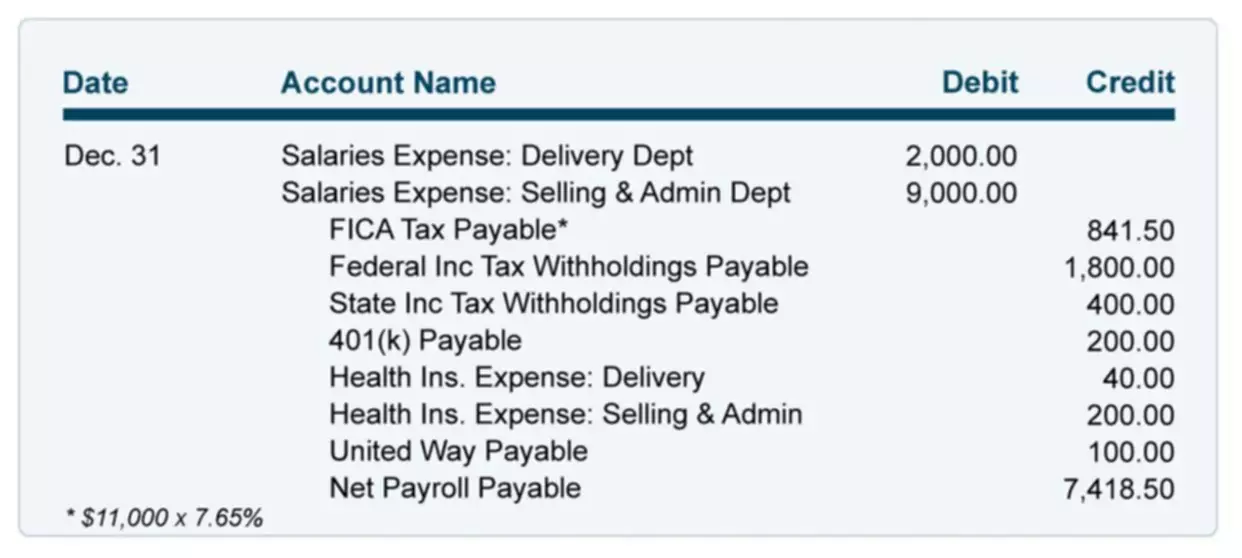What is Absorption Costing? Definition, Income Statement, Advantages and Example
Content

The GoCardless content team comprises a group of subject-matter experts in multiple fields from across GoCardless. The authors and reviewers work in the sales, marketing, legal, and finance departments.
- However, in the short run, the manager will increase profit by increasing production.
- Considerable business savvy is necessary, and there are several traps that must be avoided.
- Another challenge of absorption costing is that it can lead to artificially high or low profits in certain situations.
- This means that both variable and fixed costs are included in the product cost.
- Income is determined when products are sold, not when they are produced.
- That’s why absorption costing – an accounting method that helps you to determine the full cost of one unit of output – is such an important concept for businesses to understand and know how to use.
Now again, this would depend on whether or not we had an overhead absorption rate which was based on machine hours or labour hours. A really nice way to think about this overhead absorbed is that this is our estimate of what the production overheads for the period would have been. Every time we worked, in this case, a machine hour, we would have charged a little bit to our production overhead cost account to give us an estimate of what the overheads for the period would be. Absorption costing is said to be a simple approach to absorb overheads into cost units.
Determining the actual cost of production
For example, if the cost of direct materials is $100, the cost of direct labor is $200, and the overhead is $300, the total cost would be $600. If you divide this by the number of units produced , the cost per unit of production would be $60. A typical illustration of decision making based on variable costing data looks simple enough. Considerable business savvy is necessary, and there are several traps that must be avoided. absorption costing First, a business must ultimately recover the fixed factory overhead and all other business costs; the total units sold must provide enough margin to accomplish this purpose. It would be easy to use up full manufacturing capacity, one sale at a time, and not build in enough margin to take care of all the other costs. If every transaction were priced to cover only variable cost, the entity would quickly go broke.

Remember to do this, we have worked out the overhead absorbed, which would be the actual hours for the period multiplied by the overhead absorption rate. We then compare that with the actual overheads we incurred and that will give us our over or under absorption, and therefore, highlight any adjustment we need to make to the management accounting system. That gives us an overhead absorption rate of $25 per labour hour, and we now have a mechanism to absorb overheads into the products produced. So, if we had a product that https://quickbooks-payroll.org/ was expected to use one labour hour of department B’s time, we would include $25 to cover the cost of department B’s overheads. Both methods have pros and cons, but ultimately, it’s up to each manufacturing company to decide which method is best. Some companies may find direct costing more accurate, while others prefer absorption costing because it provides a holistic view of manufacturing overhead. An essential component in determining the total production costs of a product or job is the proper allocation of overhead.
Accounting Topics
In order to do this, we take the actual, in this case, machine hours. The actual machine hours worked in the period were 21,000, and we multiply that by department A’s overhead absorption rate, which we’ve worked out previously to be $20 per machine hour. Now, that would give us an overhead absorbed of $420,000, which is what we have in our management accounts at the moment.
- This costing method is used in manufacturing businesses to determine the total cost of each product produced.
- Absorbed cost, also known as absorption cost, is a managerial accounting method that includes both the variable and fixed overhead costs of producing a particular product.
- It is the presentation that is typical of financial statements generated for general use by shareholders and other persons external to the daily operations of a business.
- Therefore, as production increases, net income naturally rises, because the fixed-cost portion of the cost of goods sold will decrease.
- When absorption costing is used to allocate costs to production with a single driver, the costing product will inevitably be incorrect.
- Although absorption costing is used for external reporting, managers often prefer to use an alternative costing approach for internal reporting purposes called variablecosting.
- That will give an overhead absorbed of $40 in respect to department A overheads.
Some accounting systems limit the absorbed cost strictly to fixed expenses, but others include costs that can fluctuate as well. In absorption costing, fixed factory overhead is treated as product cost. Because absorption costing includes all cost of production as product costs. Marginal Costing only takes variable costs into account and does not consider fixed costs, whereas absorption costing includes all business costs. Variable costing is not a panacea, and guiding a business is not easy.
Leave a comment